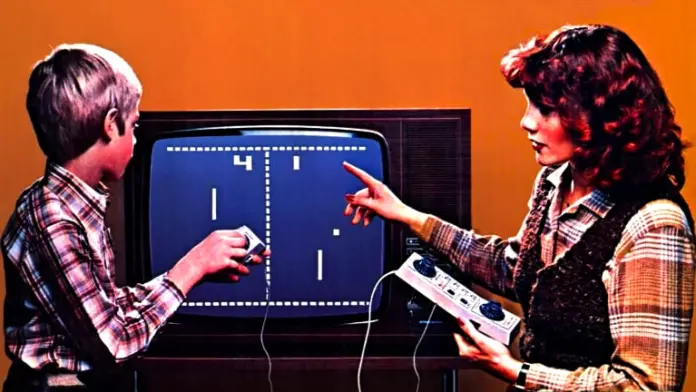What was the very first PC game? The answer is more complex!
“This device is inevitable for everyone in the future,” Radio Shack president Lewis Kornfeld once said when his company introduced their TRS-80 in 1977, a precursor to the modern PC. Kornfeld was to be proved right.
Personal computers facilitated access to a technological revolution that had previously been the preserve of scientific institutions, universities and the military. Together with consoles, PCs also ensured that video games left arcade halls and found a whole new relevance in the home. This begs the question, which title actually has the honour of being the first to teach the PC how to play?
Where does a PC start?
The first difficulty in finding the PC pioneer begins with even identifying a device that comes close to today”s understanding of a personal computer. Is the architecture of a microcomputer enough? Or does it still need a keyboard and a screen output? Do hardware and software have to be expandable? Matthias Oborski, exhibition manager at the Computerspielmuseum in Berlin, explains when asked that it is “difficult to impossible” to define the first PC or the first PC game.
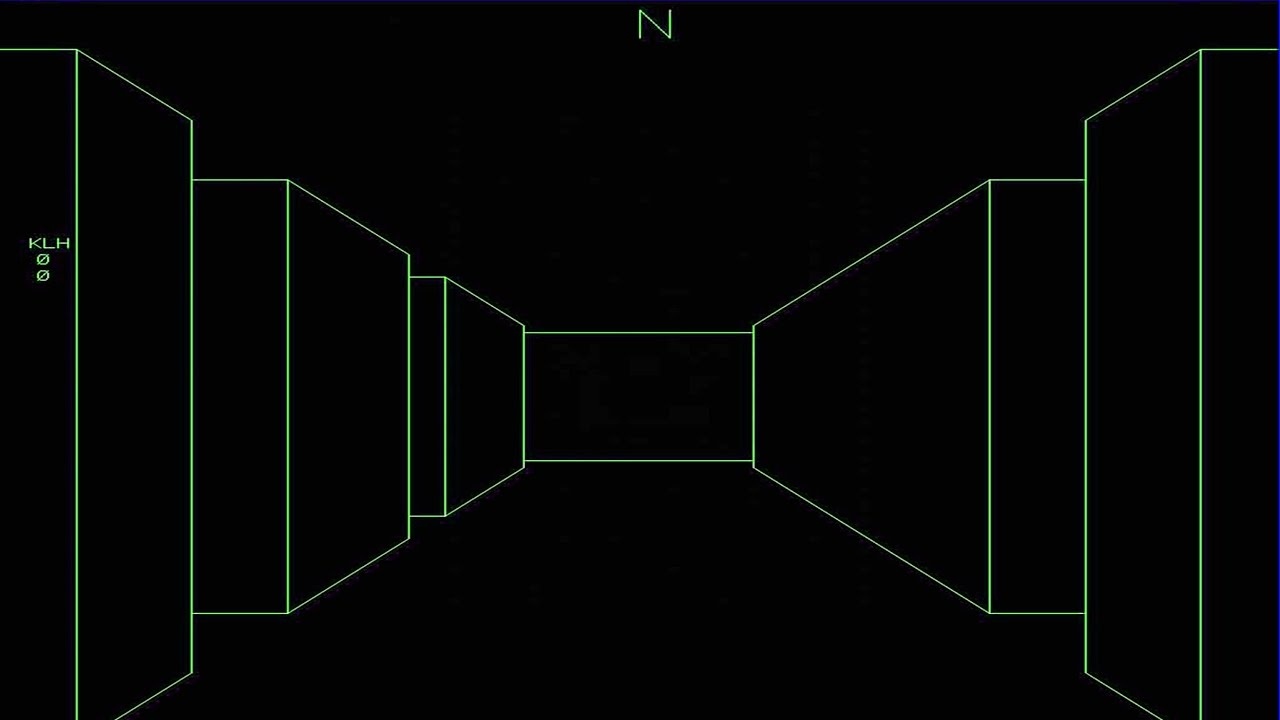
The Micral, Xerox Alto, MIT Linc from the 1960s and early 1970s, for example, were technically very similar to a PC, but were aimed more at educational institutions and were hardly ever sold to private consumers, says Oborski. Later technological marvels like the Altair 8800 and Apple I were popular with a small number of tinkerers and hobbyists, but the general public had little to gain from them.
With the early 1973 3D game Maze War for the Alto, however, video games were already an integral part of the burgeoning PC movement. Two years later, the game Kill The Bit appears for the Altair, which is programmed via toggle switches. Then you have to guess which lamp of the cupboard-sized box will light up.
For Oborski, the triumphant advance of the PC in the following years begins with a triple blow. In 1977, the Apple II, the Commodore PET and the aforementioned TRS-80 hit the shelves in quick succession. All three had in common the affordable price of 600 to 1,300 US dollars, relatively simple operation and wide distribution among private and professional groups. As a result, the three computer freshmen are quickly becoming a mecca for video game fans as well.
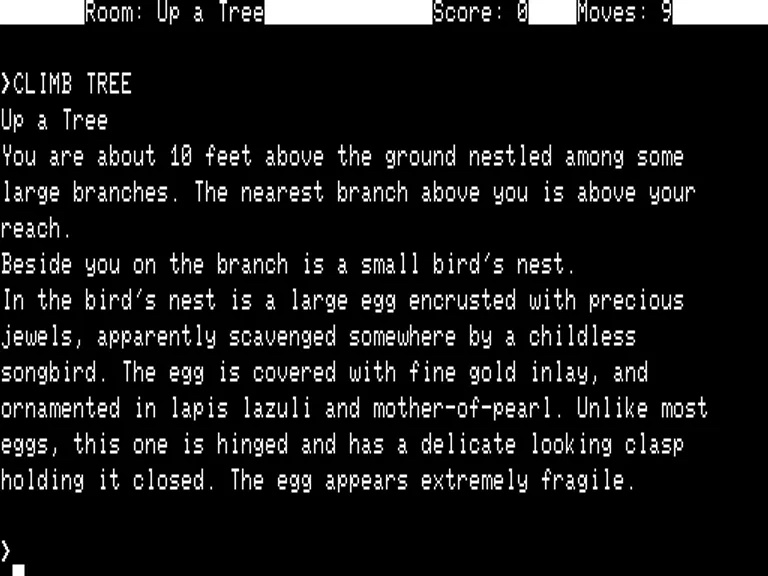
Modders who become professionals
The search for the first game makes this narrowing down to three platforms only partly easier. Due to the way software was developed at the time, it is difficult to pin games down to a release date. Many games are created over several years, as they are shared among developers and constantly reinterpreted in the process, exhibition director Oborski tells us.
“There are games whose original development was in the 60s, whose PC ports in the 70s were then often modded, adapted and expanded over larger periods of time until then one of these variants was commercially released in the late 70s or early 80s”
The text adventure Wander was created in about 1974 on a mainframe computer. Wander becomes the model for the landmark Colossal Cave Adventure, which in turn inspires the equally landmark Zork. Similar procedure with Empire, conceived in 1973 by John Daleske on the PLATO system at llinois University.
PLATO consists of a mainframe computer as well as several terminals and thus even allows applications that can be accessed by several users simultaneously. In the unofficial Star Trek simulation Empire, first eight and later as many as 50 people can manage a planet”s economy, coordinate ships and conduct diplomacy via text input.
Later spin-offs of Empire copy elements of one of the first games ever, SpaceWar. Spasim is one of them and translates Empire into a space simulation in first-person perspective, fired via 3D wireframe graphics. Spasim later mutates into flight sims like Airace and Airfight, which eventually pave the tarmac for Flight Simulator, which still exists today.
Note on the side: As art historian Andrew Williams writes in his book (“History of Digital Games “) microtransactions probably take their start on a PLATO terminal. Since PLATO space is very limited and is actually supposed to be used for research, the Uni llinois takes a rather critical view of the gaming division.
Jim Schwaiger, inventor of the 1977 role-playing game and dungeon crawler Oubliette, pays the university money so that they don”t delete his game. He gets the dough for this from his fellow students. For an annual surcharge of three dollars, players of Oubliette, which is actually free, can keep their high-level character. A real-money marketplace is even being created around Oubliette, which would have made Blizzard jealous. Powerful characters and items change hands for sometimes three-digit sums. Luckily, there were no lootboxes back then.
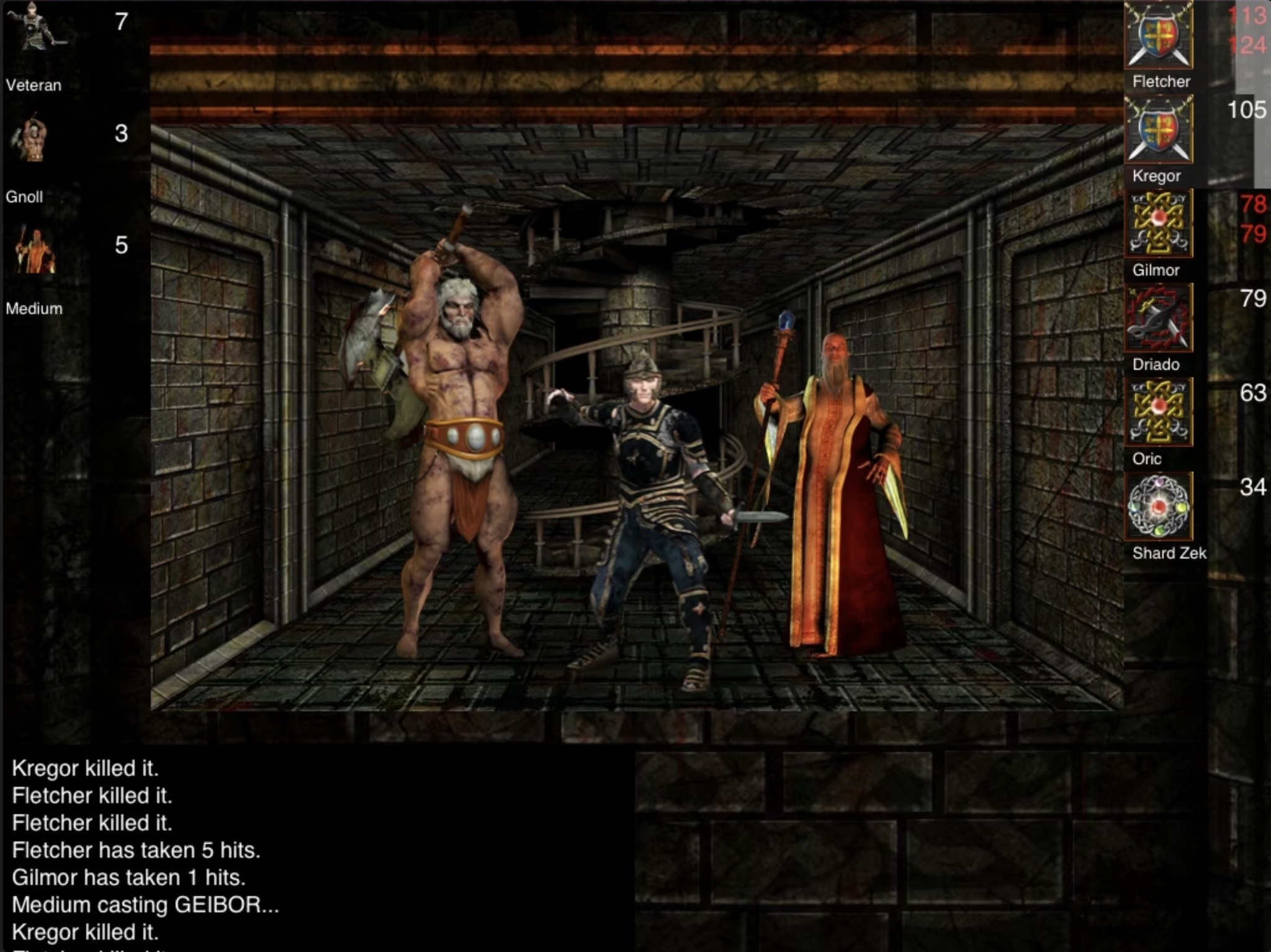
Memories and solo pong
The third limitation in the search for the first PC game is that games and their creators can, of course, be lost. Moreover, historiography tends to close its eyes on some pioneers. The open PC architecture ensures, at least in theory, that anyone can develop games. Practically, programming skills are unevenly distributed due to socio-economic factors.
For example, it takes 40 years for developer Van Mai to be tracked down in May 2022, thanks to a dedicated community. In 1982, after fleeing to the USA because of the Vietnam War, Mai develops the game Wabbit for the Atari 2600. Wabbit is considered the first home console game with a female main character.
Yeah okay, but what”s the first PC game now? So in my humble opinion we have to turn to the Apple II, as the computer is the first of the three 77 PCs. Nowadays, we tend not to count Mac devices as part of the PC spectrum because of their closed structure. But in June 1977, when the Apple II was first sold in the US, this was not yet the case.
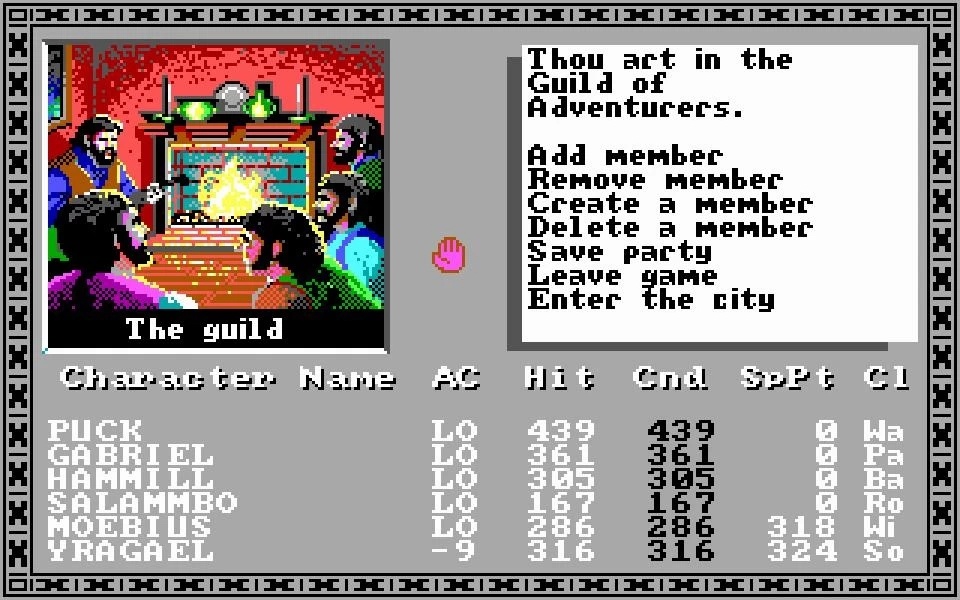
The unbelievable success of about five million units sold in the end finally also induces IBM to release their model 5150 with DOS operating system in 1981, thus finally giving the PC its name and rough structure.
The Apple II is also extremely popular as a gaming platform, hosting a rich library of legendary titles such as Ultima, Castle Wolfenstein or The Bard”s Tale. Technically speaking, however, the first game on the Apple II is likely to be a shoddy port of Steve Wozniak”s arcade classic Breakout. The Apple co-founder already programmed the original for Atari.
Breakout is basically a solo pong game in which a ball has to be hit with a horizontal bat in such a way that several bricks disappear one by one. To prove the Apple II”s programming ability, Wozniak rewrites Breakout for the BASIC programming language. (In an article for Byte Magazine) in May 1977 he explains how he proceeded with the development. The first Apple IIs come with a (cassette) with BASIC breakout as a small add-on.
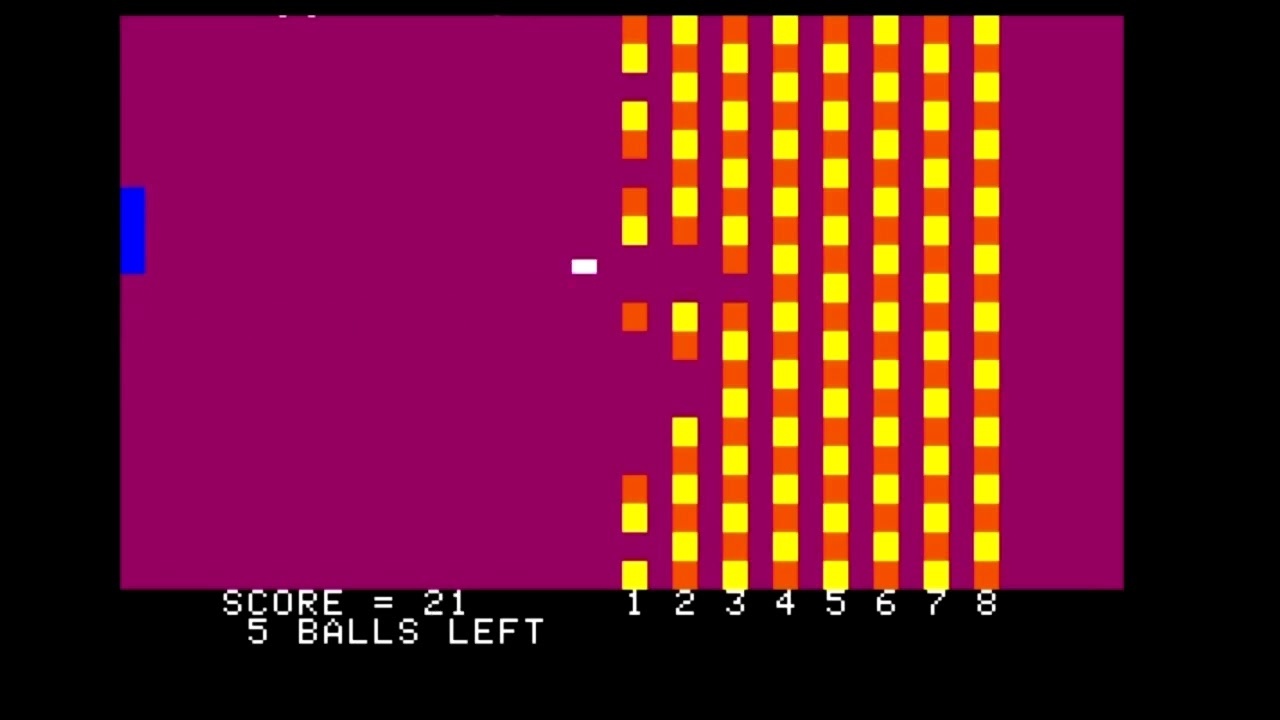
To the stars
Well, that”s a little unsatisfactory. A port is supposed to be the first PC game? If we expand the definition to the first completely redeveloped PC game, then Robert Bishop can help us out. By his own account, the programmer, who died in 2014, is said to have cobbled together the first game developed outside of Apple itself.
On his website (via Internet Archive), which has since been taken offline, Bishop explains that he grew up in Milwaukee in the US state of Wisconsin. After school, he received a master”s degree in physics and later worked for NASA supporting the Apollo 17 mission, the last manned mission to the moon to date.
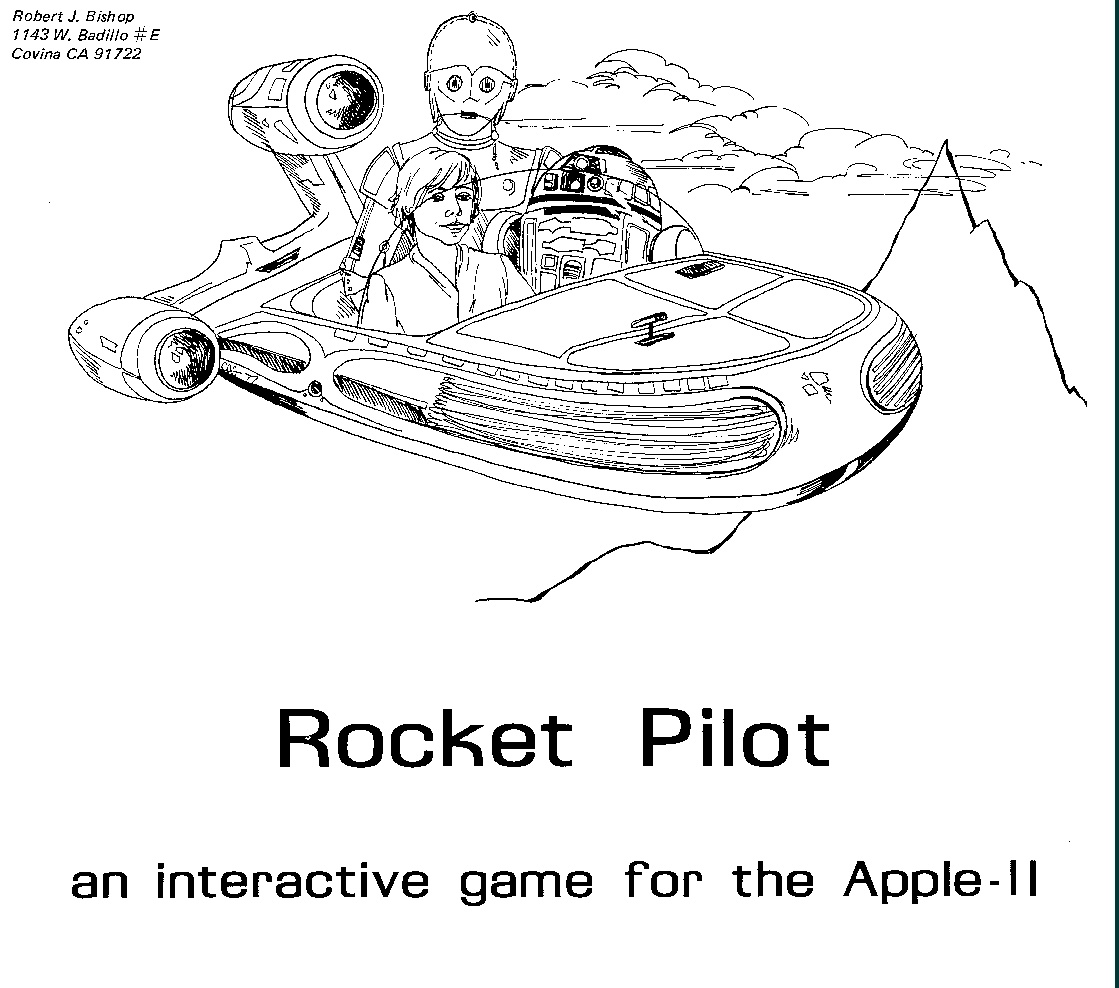
As computers become more compact, Bishop is also at the forefront. He is one of the few Apple I buyers and the first Apple II buyers. Documentation on how to program for the computer didn”t exist at the time, so Bishop just dabbles a bit. A few weeks later in July 1977, his first game is ready: (Rocket Pilot).
Strictly speaking, it is simply a variation of the popular game Lunar Lander, even before Atari implements the principle for arcade machines. Here, a rocket has to land on the lunar surface as precisely as possible – familiar terrain for former NASA employee Bishop. In contrast to earlier versions, which relied on mere text input and output, in Rocket Pilot we use the Apple II”s controllers (paddles) or a joystick to control the projectile in real time:
While doing so, we have to pay attention to direction, time and fuel. If the landing is successful, the computer gives a word message about how well you did. Bishop develops a few more games for his new favourite toy and in 1978 takes a job at Apple himself, until three years later they part ways again.
Is his Rocket Pilot the first real PC game? Let”s put it this way: it could be.

